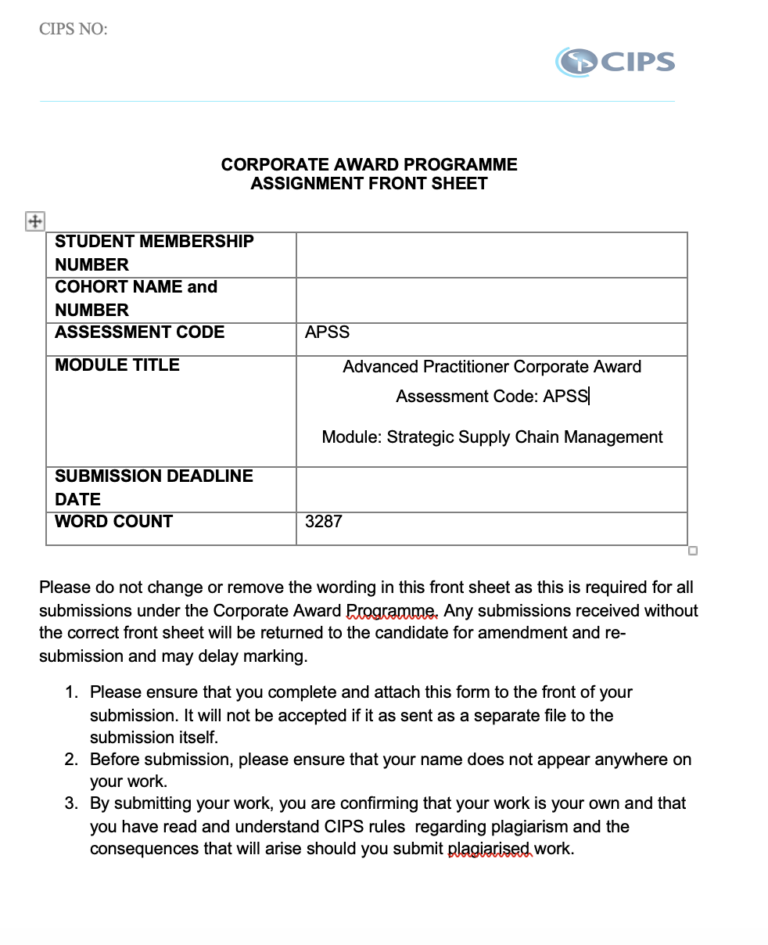Description
Solution
(Solution) 5CO01(AC2.4) Discuss models to show how change is experienced
In order to demonstrate the experience of change in an organisation, Kubler Ross Change Curve Model can be referenced (Lindblad, 2022). Initially, this model was meant to guide the grieving/mourning session. These experiences are identified as including denying, angry, bargain, depressed and accept.
Denial– This experience entail the employees feeling that the change is not necessary. A case example is where the hybrid working change program would be perceived as a change to take jobs from some of the employees. Also, it could be viewed as a practice of eliminating some of the privileges offered to the employees.
Anger– In change, experience could be emotional after termination of the denial stage. It is possible to feel frustrated with the change process particularly in regard to losing their jobs due to issues of flexible working provision.
Bargaining– In bargaining process, this stage entail employees being provided with an opportunity to negotiate for their input in the hybrid working program.
Depression– In the hybrid working implementation, depression mean they are unsure on their role in the hybrid working process implementation (Lukianov et al., 2020).
Acceptance– This stage means the employees accept the hybrid working arrangement as important to them. This is while supporting the process and recommending areas of improvement to be part of their culture.
Emotions, Behaviours and Positives Impacts of Change
In the identified phases, employees evidence a set of feeling and practices. To begin with, they gain a feel of need to be aggressive leading to absenteeism in their roles or failing to be enthusiastic to work in teams. In regard to benefits, Lindblad (2022) highlight employees gaining from being resilient, flexible and actively taking part in their operations.
The positives of the change strategy is inclusive of effective collaboration with the rest of the organisation employees. Through a two-way feedback being enhanced and points of concerns increased, working in a flexible environment would be enhanced. Similarly, awareness by the various entities which support the staff by emotional wellbeing lead to challenges with performance.
Please click the following icon to access this assessment in full
Related Papers
(Solution) CIPD 5HR02 (AC3.1) Discuss factors that influence why people choose to leave or remain in organisations.
(Solution) CIPD Question 3- For and Against use of performance appraisals in formulating pay progression decisions
(Solution) CIPS Strategic Supply Chain Management APSS
- The supply chain mapping for an organisation spend category is influenced by several elements, among them environmental scanning to identify the micro and macro factors.
- Other aspects considered in the mapping are the facilities, location, and time.
- In the implementation process, it involves making suitable changes and adding value to the process.
- Drawing from the STEEPLE, Porter’s five forces, SWOT analysis, and Kraljic matrix, some of the key elements are the relationship with the vendors, consideration of various competitors, and ensuring customised category of spend.
- Quality and timely delivery of the spend category is also an important consideration area.
(Solution) 5C003 New (AC2.3) Reflect on your own approach to working inclusively and building positive working relationships with others
(Solution) CIPS ADNOC Module: Global Strategic Supply Chain Management APGSS
- Invest in collaboration, networking and technology for sustainable supply chain
- Improving supply chain development by providing capacity development for PS&M teams
- Holistic inclusion of stakeholders in conflicts management
- To include all tiers of supply chain for success in globalisation to manage all risks and performance challenges



